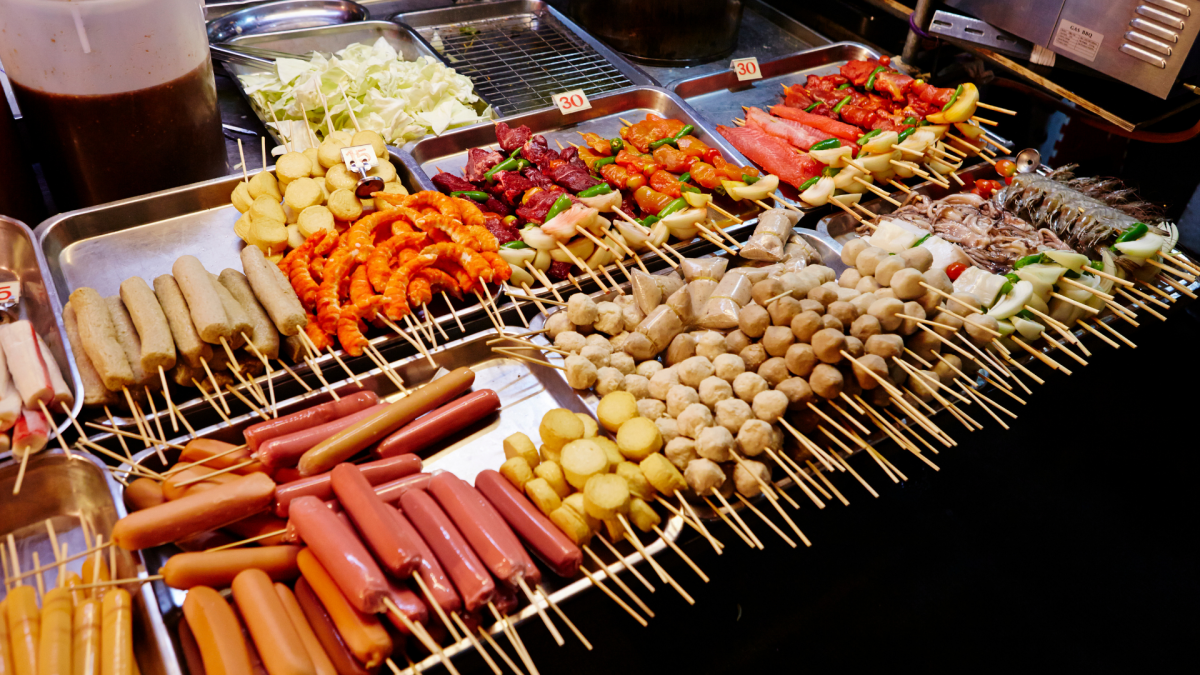In recent times, the government has implemented various food monitoring and testing programs across several regions to identify the presence of dangerous substances that may lead to MBG cases (Monitoring Bahan Galian, or often referred to as Mass Balance Gap)—which refers to findings of non-compliance or violations in food products that can pose poisoning risks. The substances most frequently detected in these monitoring programs include rhodamine B, metanil yellow, formalin, borax, peroxide, iodine, and nitrite. All of these are non-food chemicals that should never be used in food products but are often misused for reasons such as appearance or shelf life.
1. Types of Hazardous Chemicals and Their Health Impacts
-
Rhodamine B and Metanil Yellow are synthetic dyes used in textiles and paper. They are often found in brightly colored snacks such as crackers, cendol, or syrup. Long-term consumption can cause liver and kidney damage and is potentially carcinogenic.
-
Formalin is illegally used to preserve tofu, noodles, or salted fish to make them last longer. It is highly toxic and can cause gastrointestinal damage and even acute death if ingested in high doses.
-
Borax is used to give a chewy texture to foods like meatballs or lontong, but it can cause nerve disorders, kidney failure, and liver damage.
-
Peroxide (H₂O₂) is used to whiten or brighten food ingredients but is an irritant and can cause oxidative stress in the body.
-
Iodine in excessive amounts can disrupt thyroid function and the body’s electrolyte balance.
-
Nitrite, although permitted in limited quantities in processed meats, can form nitrosamine compounds in excess, which are harmful to the liver and kidneys and may cause acute poisoning.
2. Connection to MBG Cases in Indonesia
In government food safety monitoring programs, MBG cases often serve as indicators of violations or contamination involving hazardous substances within the food distribution chain. Field test results have revealed that several products contain non-food chemicals such as rhodamine B, formalin, and borax—substances that have triggered incidents of mass poisoning in communities. This situation indicates weaknesses in control at both the producer and vendor levels and highlights the urgent need for stricter monitoring of raw materials and food distribution. Moreover, MBG cases illustrate gaps in the balance of the national food safety system, where chemical surveillance has not been fully integrated between central and regional authorities. Therefore, rapid testing for hazardous substances in food has become an essential tool for early detection before such products reach consumers.
3. The Importance of Rapid Food Safety Testing
The government has encouraged the use of hazardous substance test kits in various regions to support food surveillance programs. These test kits can quickly and accurately detect the presence of substances such as formalin, borax, rhodamine B, metanil yellow, nitrite, and peroxide.
The use of these test kits is important for:
- Local Health Departments and BPOM (Food and Drug Authority) — in conducting routine food safety inspections.
- Food business operators — as part of product quality control efforts.
- Schools, cooperatives, and public food institutions — to ensure that consumed foods are safe.
Through the implementation of rapid testing, it is expected that MBG cases and poisoning incidents caused by chemical substances in food can be significantly reduced.
MBG cases in Indonesia reflect that the threat of hazardous chemicals in food remains real. The use of substances such as rhodamine B, metanil yellow, formalin, borax, peroxide, iodine, and nitrite not only violates the law but also endangers public health.Through integrated food surveillance programs and the application of rapid test kits, it is hoped that the government and the public can work together to establish a safe, healthy, and chemical-free food supply chain.Preventive measures through education, testing, and law enforcement must continue to be strengthened so that no more poisoning or MBG incidents occur due to unsafe food products.
References
-
Indonesian Food and Drug Authority (BPOM RI). (2022). BPOM Regulation No. 11 of 2019 on Food Additives Prohibited for Use in Food.
-
BPOM RI. (2023). Food Surveillance Report on Ramadan Snacks: Detection of Hazardous Chemicals.
-
Ministry of Health of the Republic of Indonesia. (2024). Report on MBG Cases and the National Food Safety Monitoring Program.
-
World Health Organization (WHO). (2023). Food Safety: Chemical Hazards and Risk Prevention.
-
FAO/WHO Codex Alimentarius. (2022). General Standard for Contaminants and Toxins in Food and Feed.
